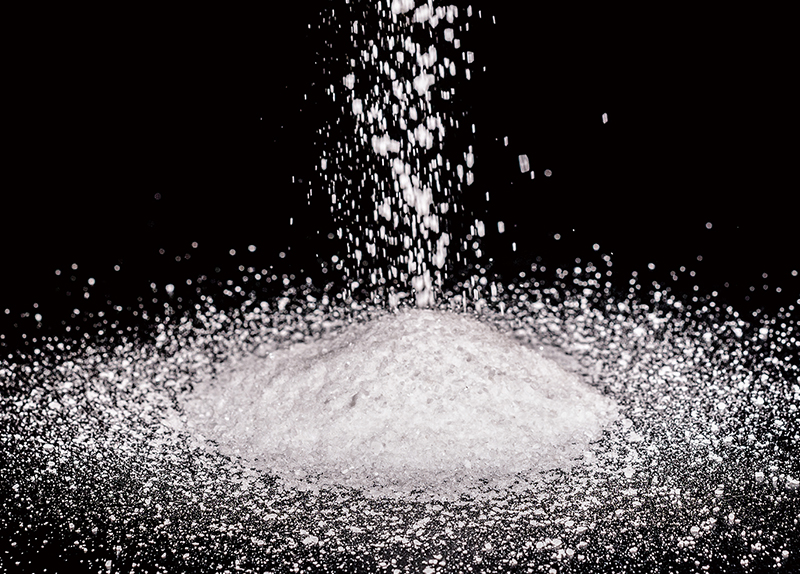
Monosodium glutamate (MSG) is a widely used flavor enhancer known for its savory “umami” flavor. Discovered in 1908 by Japanese chemist Kikunae Ikeda, MSG is a nonessential amino acid present in many everyday foods, such as tomatoes, potatoes, seaweed, ham, and parmesan cheese.
When exposed to water in foods or saliva, MSG separates into sodium and glutamate. The free glutamate then activates specific taste receptors on the tongue, bringing out the meaty flavors that are inherently pleasing to the human palate. It is why people often find foods with natural or added MSG more flavorful and satisfying.
Over the years, MSG production has evolved from extracting glutamate from seaweed to fermenting starch, sugar beets, sugar cane, or molasses. This fermentation process is similar to that used in making yogurt or vinegar.
Despite its culinary benefits, MSG has had a controversial reputation. In the 1960s, a misconception arose that MSG can cause headaches, dizziness, lightheadedness, palpitations, and chest and back pains after a physician reported feeling sick after eating Chinese food. The physician coined “Chinese Restaurant Syndrome” to describe these ailments. However, subsequent studies have debunked this myth, showing no consistent evidence linking MSG to adverse health effects.
The U.S. Food and Drug Administration (FDA) classifies MSG as Generally Recognized As Safe (GRAS), a conclusion based on extensive research and expert review. Scientific studies have demonstrated that MSG is safe for consumption, even in high doses.